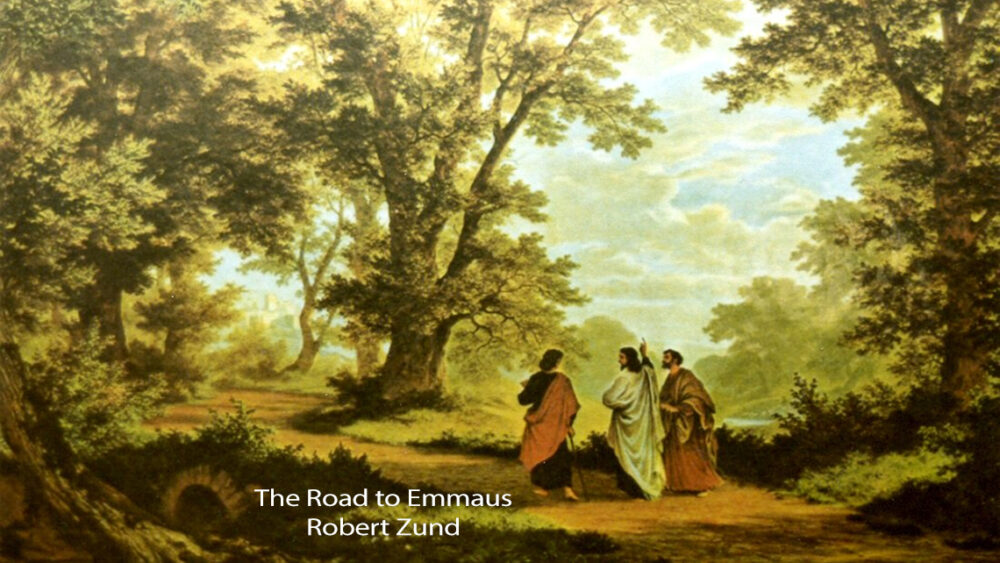Speaking of Bishop Wright (see previous post). Here is an exquisite devotional piece on Jesus as he prayed in Gethsemane. See what you think (and pick up the book).
Read Matthew 26:36–56
Put this passage alongside the other time when Jesus took Peter, James and John away with him by themselves. In chapter 17, the four of them went up a mountain, and the disciples watched in amazement as Jesus was transfigured before them, shining with the glory of God and talking with Moses and Elijah. Now the same group of three are together in a garden, and the disciples watch in amazement as once again Jesus is transfigured, this time with the sorrow of God. Again, he is very much aware of the ancient scriptures which said it must be like this (verses 24, 54, 56).
This scene in Gethsemane is absolutely central to any proper understanding of who Jesus really was. It’s all too easy for devout Christians to imagine him as a kind of demigod, striding heroically through the world without a care. Some have even read John’s gospel that way, though I believe that is to misread it. But certainly Matthew is clear that at this crucial moment Jesus had urgent and agitating business to do with his father. He had come this far; he had told them, again and again, that he would be handed over, tortured and crucified; but now, at the last minute, this knowledge had to make its way down from his scripture-soaked mind into his obedient, praying heart. And it is wonderfully comforting (as the writer to the Hebrews points out) that he had to make this agonizing journey of faith, just as we do.
‘If it’s possible—please make it that I don’t have to drink this cup!’ The ‘cup’ in question, without a doubt, is the ‘cup of God’s wrath’, as in many biblical passages (Isaiah 51:17; Jeremiah 25:15, and elsewhere). Jesus was resolutely determined to understand this fateful moment in the light of the long scriptural narrative that he saw now coming to its climax in his death. But, precisely because of that, he realized in a new and devastating way that he was called to go down into the darkness, deeper than anyone had gone before, the darkness of one who, though he was the very son of God, would drink the cup which symbolized God’s wrath against all that is evil, all that destroys and defaces God’s wonderful world and his image-bearing creatures.
We can see this very process working its way out as the story unwinds. All the strands of evil in the world seem to rush together upon him. The power-seeking politics of the local elite. The casual brutality of imperial Rome. The disloyalty of Judas. The failure of Peter. The large systems which crush those in their way, and the intimate, sharply personal, betrayals. And everything in between, the scorn, the misunderstanding, the violence. The story is told in such a way that we see and feel, rather than just think about, the many different manifestations of evil in the world. Matthew invites us to see them all converging on Jesus. That is what this story is all about.
We are encouraged to see this scene, too, as somehow a revelation of the glory of God. It is one thing to be transfigured in the sense of shining with the dazzling light of God’s glory. It is another thing, perhaps equal if not greater, to be seen in agony, sharing the sorrow and pain of the world. Perhaps the two scenes need each other to be complete. Certainly our own pilgrimage, if we are faithful, will have elements of both. One of the reasons we read and reread this extraordinary story is because we know, in our deepest beings, that the scriptural story to which Jesus was obedient must be our story too. Matthew, telling us that Jesus’ disciples all forsook him and fled, wants us by contrast to stay the course, to see this thing through, to witness the glory of God in the suffering face of his crucified son.
Today
Teach us, good Lord, to watch with you in your suffering, that we may learn also to see your glory.
—Wright, T. (2011). Lent for Everyone: Matthew Year A (pp. 124–128). London: SPCK.



 People who are asked to write about N. T. Wright may find they quickly run out of superlatives. He is the most prolific biblical scholar in a generation. Some say he is the most important apologist for the Christian faith since C. S. Lewis. He has written the most extensive series of popular commentaries on the New Testament since William Barclay. And, in case three careers sound like too few, he is also a church leader, having served as Bishop of Durham, England, before his current teaching post at the University of St. Andrews in Scotland.
People who are asked to write about N. T. Wright may find they quickly run out of superlatives. He is the most prolific biblical scholar in a generation. Some say he is the most important apologist for the Christian faith since C. S. Lewis. He has written the most extensive series of popular commentaries on the New Testament since William Barclay. And, in case three careers sound like too few, he is also a church leader, having served as Bishop of Durham, England, before his current teaching post at the University of St. Andrews in Scotland.
You must be logged in to post a comment.